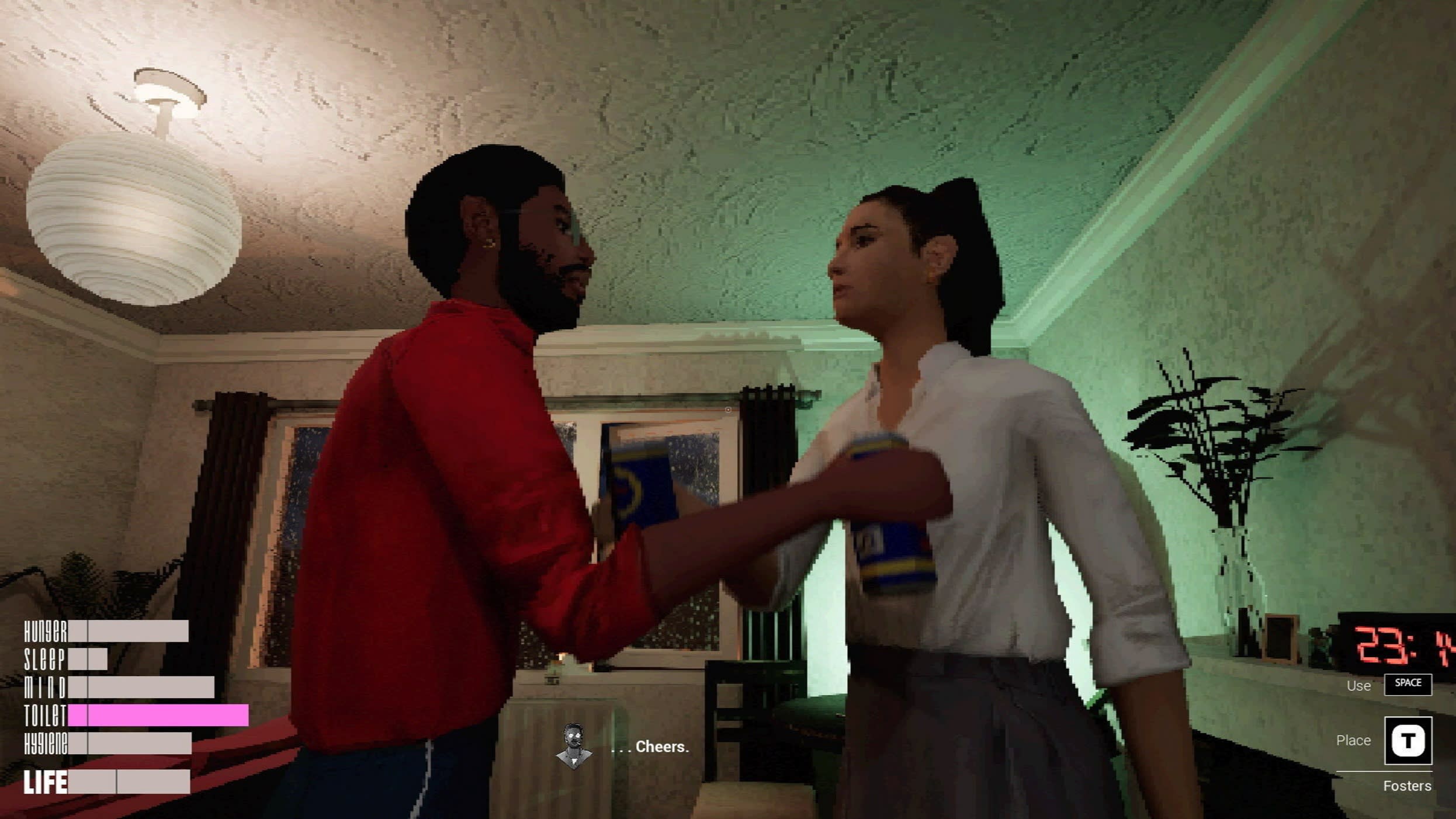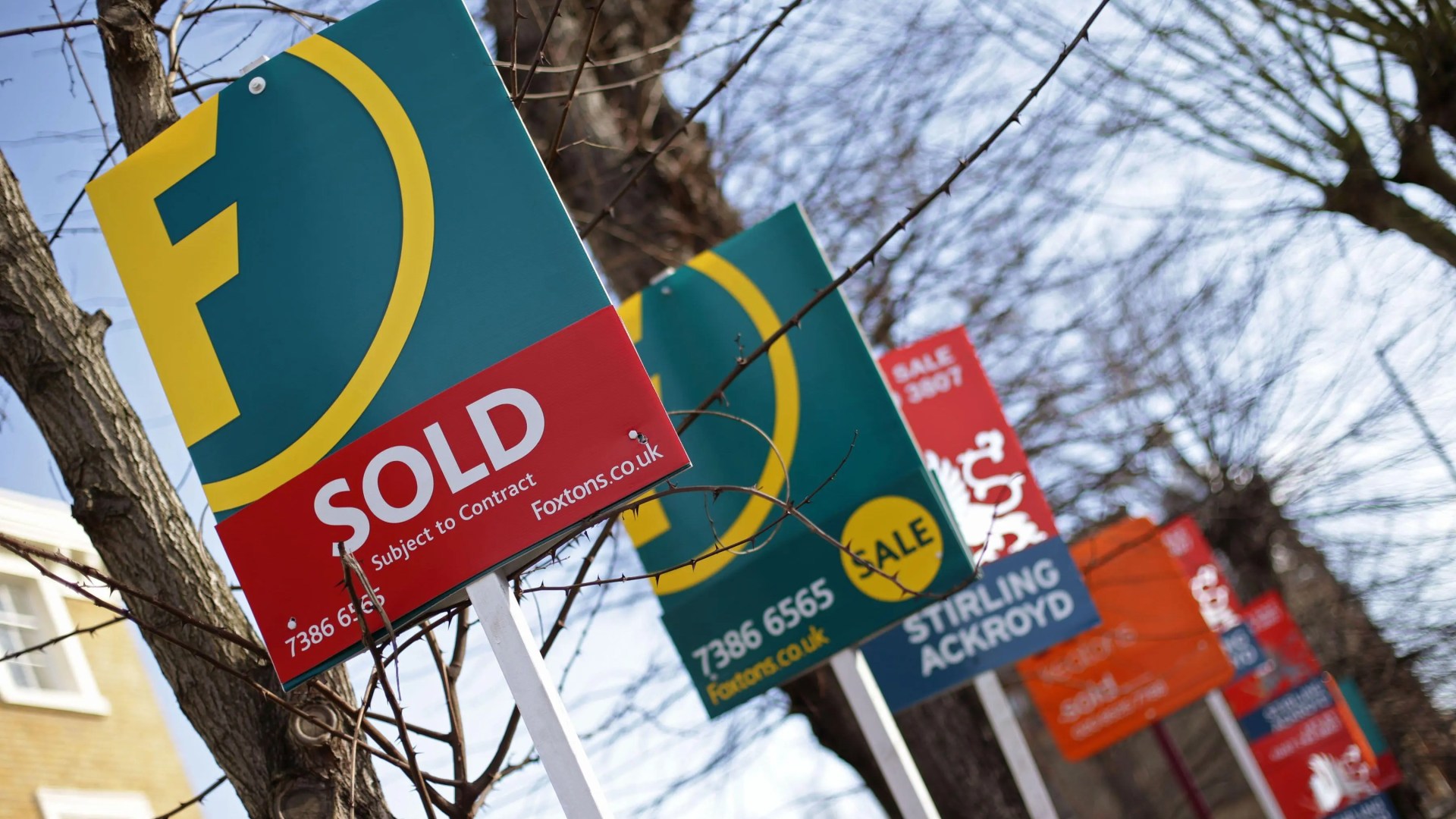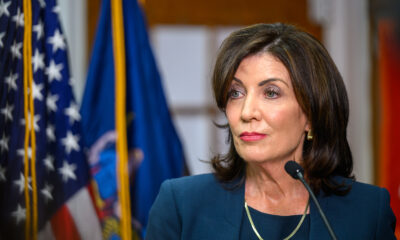Inderjeet Singh Gosal says he is not afraid to die for an independent Sikh homeland in India’s Punjab region.
The 35-year-old’s declaration sounds incongruous as he sits in his comfortable home in Toronto’s suburbs. But after the assassination of his predecessor as head of the Khalistan movement, Hardeep Singh Nijjar, the risk is real.
“I know what I signed up for, death doesn’t scare me,” Gosal said. “India’s threats or any assassination attempts would not stop my effort for . . . Khalistan.”
This week Justin Trudeau, Canada’s prime minister, expelled six Indian diplomats, including the high commissioner, because of their alleged involvement in the killing of Nijjar, who was gunned down in Vancouver in June 2023.
Trudeau on Monday said: “We will never tolerate the involvement of a foreign government in threatening and killing Canadian citizens on Canadian soil, a deeply unacceptable violation of Canada’s sovereignty and of international law.”
India, which sees the Khalistan activists as terrorists, has denied any involvement and expelled six Canadian diplomats in response. It accuses Ottawa of tolerating violent extremism that has cost the lives of its citizens.
India has levelled the same accusation at the US. Last week, federal prosecutors charged an Indian government official with orchestrating a plot to murder a Sikh activist in New York City. India has designated that activist, Gurpatwant Singh Pannun, a terrorist under its Unlawful Activities (Prevention) Act.
The tit-for-tat expulsions between India and Canada are the latest episode in the increasingly fraught relations between Ottawa and New Delhi over the activities of Canada’s large Sikh community.
The movement for a sovereign Sikh state called Khalistan dates back to India’s independence from Britain in 1947 and gained momentum after anti-Sikh killings in the wake of Prime Minister Indira Gandhi’s assassination in 1984.
Sikhs such as Gosal describe the violence as a “genocide” that forced thousands to flee India, many to Canada. Some 771,790 Canadians identified as belonging to the Sikh faith in the 2021 census, making it the largest Sikh community outside India.
Canada’s relations with India have soured in recent years as Prime Minister Narendra Modi has become increasingly critical of what he says is Ottawa’s failure to clamp down on Sikh extremism.
The worst mass murder in Canadian history, the bombing of an Air India flight travelling from Montreal to London in June 1985, has been blamed on Sikh extremists. All 329 people on board were killed. Two pro-Khalistan diaspora Sikhs were charged in the incident but later acquitted.
While the majority of Canadian Sikhs are peaceful or not engaged in the Khalistan movement, Ottawa has listed other Sikh groups such as Babbar Khalsa International and the International Sikh Youth Federation as terrorist organisations.
The rift also highlights the complex nature of diaspora politics in Canada.
“We are a migrant nation, and diaspora politics is a real facet of Canadian politics,” said Colin Robertson, a former diplomat who is vice-president of the Canadian Global Affairs Institute in Ottawa. “This complicates our foreign policy because you always have to make allowance to minority groups. Sometimes you have to turn a blind eye to extreme views, as it has an impact on various ridings [constituencies].”
India has long pleaded with Canada to curb behaviour it considers a terrorist threat and which Ottawa sees as permissible political activism.
Pannun admitted to Indian media last year that he posted flyers outside the Sikh temple near Vancouver where Nijjar was killed that read “Kill India” and featured names and photos of Indian diplomats.
In turn, Canada has alleged growing Indian interference in its Sikh communities. That came to a head last year when Trudeau accused the Modi government of being involved in the fatal shooting of Nijjar.
The Royal Canadian Mounted Police on Monday warned Canadians about suspected Indian involvement in “serious criminal activity”, including drive-by shootings, home invasions, violent extortion and even murder. The Indian government denies any involvement.
A public inquiry that has been running since last year has also heard evidence that India directly interfered in Canada’s 2019 and 2021 general elections.
Former Canadian intelligence agent Phil Gurski said the inquiry highlighted how Trudeau’s government had either ignored, played down or repeatedly missed warnings of foreign meddling in Canadian life, whether political or in diaspora communities.
“Canada’s intelligence community is not happy,” he said. “They’ve been saying this for a while.”
Gurski said Canada was caught between global pressures from superpowers China and India, and local politics and security concerns. It is also aware India is strategically important for the Five Eyes alliance of the US, Canada, the UK, New Zealand and Australia.
“The political power of Sikh diaspora is real,” he said. “Trudeau could kiss the Sikh vote goodbye if they did favours for India, like sending a wanted separatist back. Canada does not want to upset the diaspora vote, they rely on it.”
For Gosal, the claims made last week about Indian government involvement in Nijjar’s death came as no surprise.
“We knew it was India from the minute they killed Nijjar. We knew there was a threat or it was dangerous, but we didn’t think it would go this far, that they’d kill a Canadian citizen on Canadian soil.”
He claimed that in February, months after he took over leadership of the Khalistan movement, a bullet was fired into a window at a site run by his construction business. An Indian account on X had posted about the shooting before police arrived.
In August, local police called him to warn he was the target of a murder plot, he said. “All this is absolutely tied to the government of India,” said Gosal. “They are posting tweets about it, openly making threats. They’re not trying to hide it.”



































































































































































You must be logged in to post a comment Login